Dysmenorrhea is a gynecological medical condition of pain during menstruation that interferes with daily activities. You may say, “My menstrual cramps don’t interfere with my daily activities because I take four Midol three times a day.” Many people think because non-steroidal anti-inflammatory drugs (NSAIDS) can be purchased over the counter, that they aren’t very strong, so they think more is better. Not so. A study published in the European Journal of Clinical Pharmacology concluded that simultaneous use of two or more NSAIDs was associated with an excess risk of adverse effects, such as hepatic (liver) injury, acute renal (kidney) failure and gastrointestinal bleeding. Is it worth it? Why not address the source of the pain, instead of blocking the body’s messages that something is wrong, and risk doing damage to your lovely organs? Taking painkillers is like disconnecting the wires to your car’s engine warning light; you may not see the warning anymore, but the problem didn’t go away.
Periods shouldn’t be painful. Many women accept the idea that painful periods are normal they may be common, but not natural (as in the way nature intended). There are many reasons for painful periods and knowing the cause is important, especially for ruling out something serious that may need medical attention. Fibroids, endometriosis, malpositioned uterus, hormonal imbalance, sitting too much, pelvic congestion and an inflammatory diet are just a few causes of painful periods.
As a manual therapist specializing in reproductive and digestive health, I offer several types of bodywork. I have dual certifications in abdominal massage and have completed my Visceral Manipulation™ training. I often combine several techniques depending on what your body is needing in the moment.
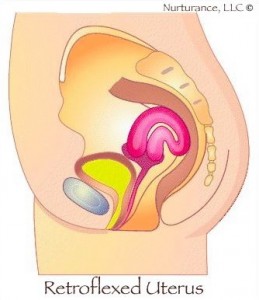
Abdominal Womb Massage: is an external, non-invasive approach to repositioning the uterus and restoring blood, lymph, and chi flow. Many times, menstrual cramps can be caused by a mal-positioned uterus. The uterus should be able to move slightly in several directions, the issue is when it doesn’t move. The uterus must be mobile for proper physiological function. When the uterus is fixed in one position fibroses of the ligaments can result and impair local circulation. When circulation is impaired, the cells won’t get proper nutrients (oxygen), and acidity, pain, and cell death will follow (read more here). The uterus may be restricted in several positions. Retroflexion (tipped back and flexed) is just one example. In this study, severe menstrual pain was more prevalent with flexion ≥210° (77.7%) (source). In the image on the left you can see a retroflexed uterus pressing up against the rectum. In this case, the uterus has to twist and turn violently to clear indurated blood from the uterine lining. This is where abdominal massage can help. Arvigo™, Visceral Manipulation™ and Chi Nei Tsang all have techniques for a “tipped” uterus. I’ve learned all of those techniques and have developed a self-care program for uterine health. After my 23 years of experience in abdominal massage I’ve developed an online class to teach you self-abdominal massage to address eliminate painful periods both from a congestive or spasmotic origin. The self-care massage that you will learn in my online class can also help reposition your uterus if it’s malpositioned.
Pelvic Alignment: The uterus attaches to the pelvis and sacrum via ligaments, so the alignment of the pelvis and sacrum will also affect the position of the uterus and health of the pelvic floor. In a restorative exercise session, you will learn exercises and body awareness that will help you free up your pelvis and restore the strength to your pelvic floor. Many women have greatly reduced their menstrual cramps just by doing restorative exercise. I also include restorative exercise in my Womb Care course.
Herbal Medicine for Women Herbal medicine has been used for centuries to address painful periods and other ailments. Herbs that may help depending on the type of dysmennorhea have antispasmodic, analgesics, anodyne (capable of soothing or eliminating pain) astringents and uterine tonic properties.
As a Certified Women’s Herbal Educator by Dr. Aviva Romm, MD, I include herbal remedies and nutritional support in my Womb Care course.

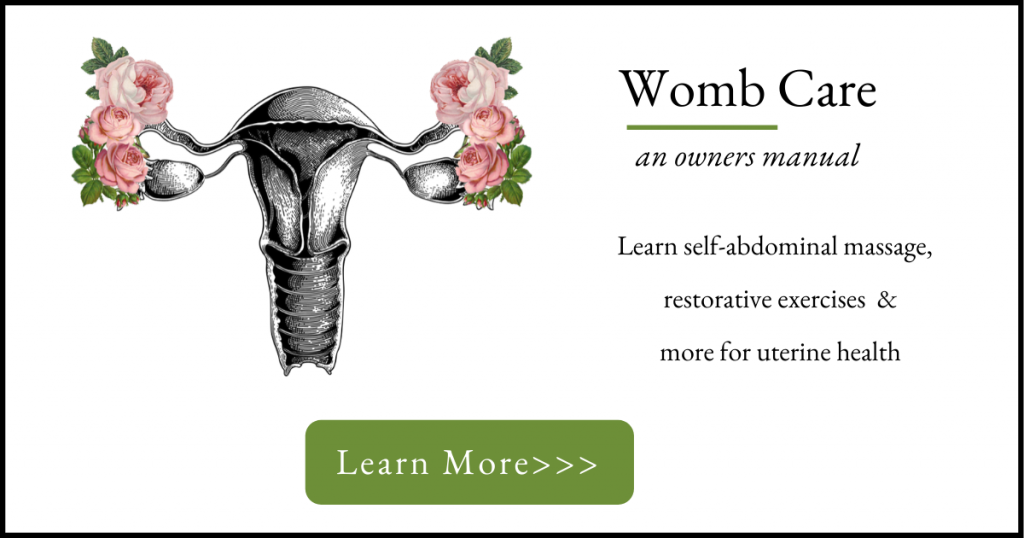
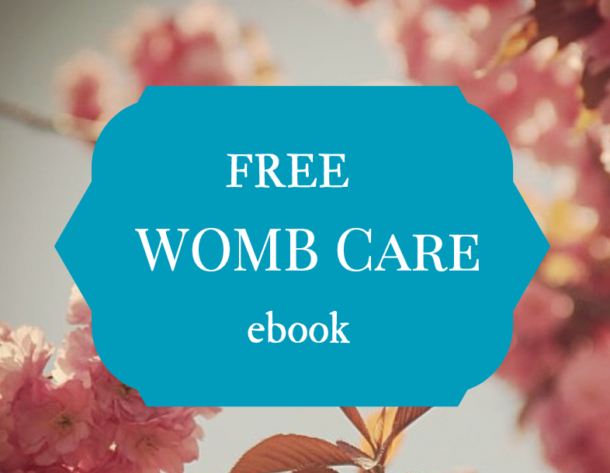

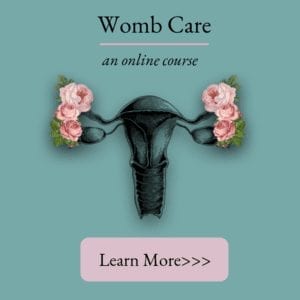
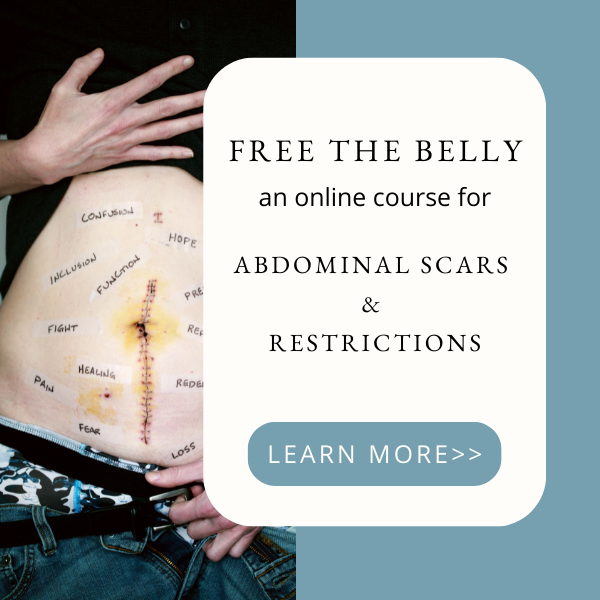
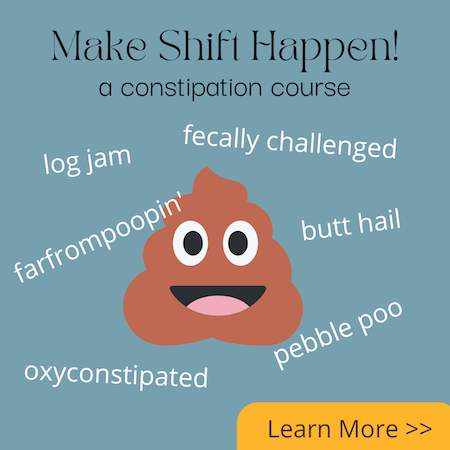
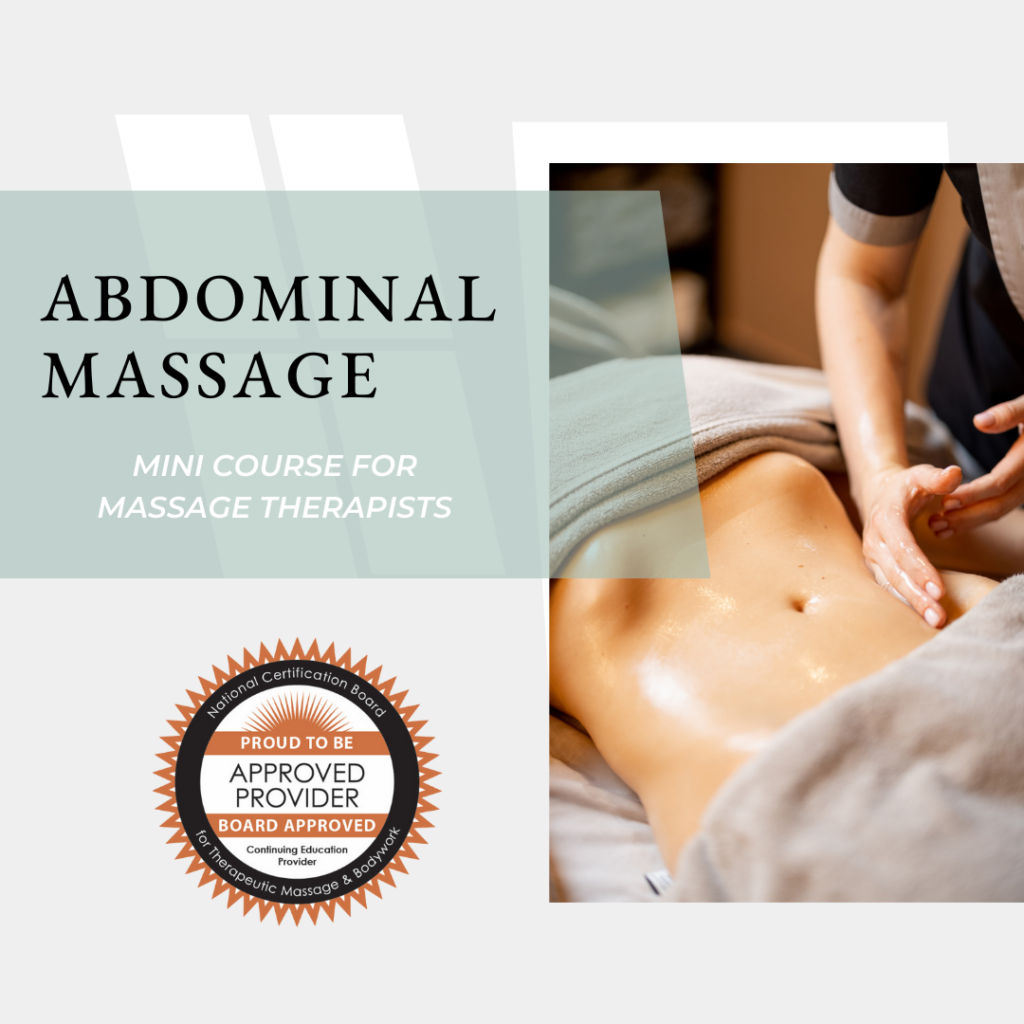
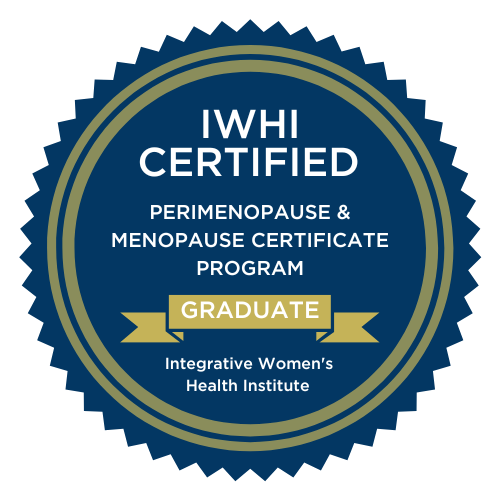
Wow, this is big news. I suffered for years with a retroflexed uterus and ended up with a hysterectomy at age 42. Thank you for speaking up. I think your mission is very imporant!!
It’s hard to find knowledgeable articles about this subject, but you really seem an expert…
Can I please ask you to put some sort on note in saying, for some ladies they are extremely painful if they have Endometriosis? Some people possibo need investigating in case that is the cause of the pain. Its actually very common estimated that ,1in 10 women have it.
There are many reasons for painful periods and knowing the cause is important, I agree. Fibroids, endometriosis, malpositioned uterus, hormonal imbalance, sitting too much, pelvic congestion and diet are just a few things that can cause painful periods (many of these causes are often related). The suggestions in the post are meant to improve reproductive organ health and reduce pain no matter the cause, including endometriosis. I’ll add a note. Thank you for reading.
A belated Thank You! Barbara for adding it in!
Endometriosis is so under-diagnosed, 1 in 10 women have it and the average time for a diagnosis is 7-9 years!
It is very misunderstood and I just think we need to raise as much awareness as possible too.
So Thanks again!
You’re welcome.
Good day!
I would like to ask, how you could help me coz i have a retroverted Uterus. Maybe this is one of the reason why i always have my dysmenorrhea and hard to get pregnant.
Thank you
Hi Karin, Have you read my retroverted uterus post? I have some suggestions there,https://alignmentmonkey.nurturance.net/2012/retroverted-uterus/